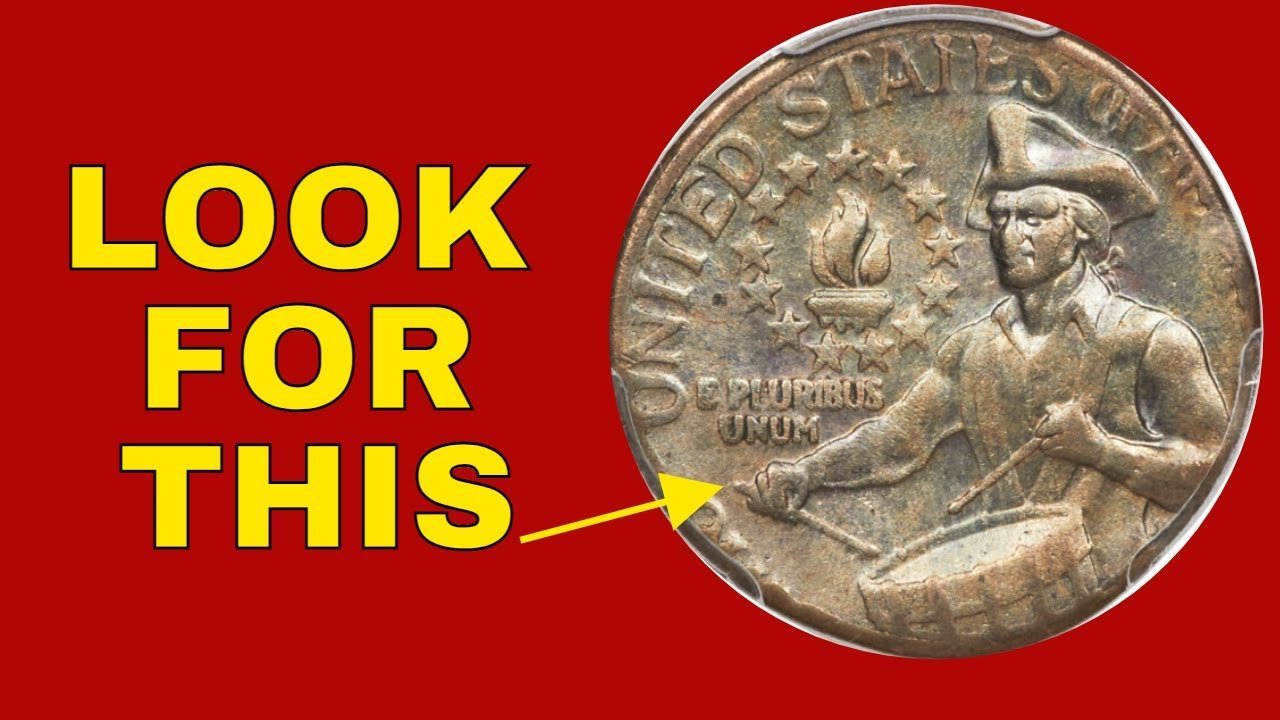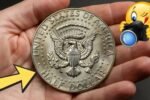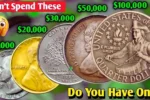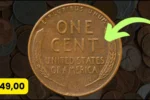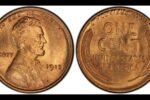The Rare: In the world of coin collecting, some treasures are hidden in plain sight — jingling in pockets, resting in cash registers, or forgotten in old jars. Among these unexpected gems is a legendary coin that has collectors buzzing: a rare Bicentennial Quarter allegedly worth up to $11 million. While it sounds like a myth, this coin may still be out there, mixed in with everyday change.
A Coin Minted for a Nation’s Birthday
The Bicentennial Quarter was created in 1976 to celebrate the 200th anniversary of the United States’ independence. Unlike standard quarters, these featured a unique reverse design: a colonial drummer boy and a torch surrounded by 13 stars. The obverse still bore George Washington’s profile, but with the dual date “1776–1976”.
Millions were produced for general use, so most are still only worth face value. But among these, a small number of extremely rare errors and special versions have gained mythical status — one of which may be the elusive $11 million coin.
What Makes This Quarter So Valuable?
According to numismatic circles and speculative reports, this particular Bicentennial Quarter stands out due to a rare minting error or unique composition, such as:
-
A double die strike, which causes the lettering or image to appear doubled.
-
Struck on a silver planchet, rather than the standard copper-nickel.
-
A prototype or pattern coin, never meant for circulation.
-
High-grade condition, possibly graded MS-70 (perfect) by professionals.
Only one or two examples of such ultra-rare varieties may exist, making them nearly priceless to collectors — especially when tied to a major national celebration.
Is It Really Worth $11 Million?
While $11 million may sound exaggerated, it’s not unprecedented in the world of coin collecting. Some rare coins — such as the 1794 Flowing Hair Silver Dollar and the 1933 Double Eagle — have fetched over $10 million at auction due to their rarity, history, and condition.
In this case, the $11 million estimate is speculative and likely represents the coin’s potential auction value, should it ever surface and be confirmed as a one-of-a-kind mint error or prototype.
Could It Still Be in Circulation?
Surprisingly, yes — many rare coins go unnoticed for decades. Some collectors and experts believe this quarter could have been released into circulation by accident, tucked into a roll of coins, or spent by someone unaware of its value.
There have been cases of valuable coins being found in change, old jars, or family collections. This mystery adds to the excitement and drives collectors to keep searching.
What to Look For
If you’re curious whether you might have the million-dollar quarter, check for:
-
The 1776–1976 date with the drummer boy design.
-
Silver shine or unusual weight (silver quarters weigh more than clad ones).
-
Doubling in the design or text.
-
Coins in near-perfect condition with no visible wear.
If a quarter seems unusual, take it to a professional coin dealer or send it to a grading service like PCGS or NGC for verification.
The Allure of Hidden Treasures
Whether or not the $11 million Bicentennial Quarter truly exists, its story highlights the fascination with rare coins and forgotten history. It encourages people to look closer at everyday objects — where extraordinary value might be hiding.
Final Thought
So next time you receive change or clean out a coin jar, don’t overlook the humble Bicentennial Quarter. What looks like pocket change could be the rare coin that rewrites your future — a $0.25 piece with a potential worth in the millions. Keep your eyes open. The next great discovery might be sitting right in your hands.
FAQs for “The Rare Bicentennial Quarter Valued at $11 Million Still in Circulation
Q1: What makes the $11 million Bicentennial Quarter so valuable?
It’s believed to be a rare mint error or prototype coin, possibly struck on a silver planchet or with a double die—making it one-of-a-kind and highly valuable to collectors.
Q2: How can I tell if I have the rare Bicentennial Quarter?
Look for the dual date 1776–1976, the colonial drummer design, unusual weight, silver shine, or any doubling in the design. If it looks unusual, have it professionally appraised.
Q3: Is it really still in circulation?
Possibly. Experts believe it may have been accidentally released, meaning it could still be found in pocket change, old coin rolls, or forgotten collections.
